“The biggest lesson is to learn to know yourself,” Jessica Ogden explains on the eve of her exhibition, Jessica Ogden: Still. With the ever-quickening conveyor belt of fashion shows and products launches to distract them and the ever-loudening demands of “more, more, more”, it’s all too easy for a designer to lose their sense of self. However, Jamaican-born Jessica Ogden has always worked at her own pace and volume. “If you like something or have an idea it does not have to be immediately discarded for the sake of a fashion cycle,” she adds. This exhibition, a ‘curatorial conversation’ between the designer and Professor Carol Tulloch, invites us to move at her speed as we lose ourselves in her carefully crafted world, her sense of self.
After moving to London and working as a volunteer for Oxfam’s NoLoGo, recycling clothes from charity centres into new garments, Ogden launched her eponymous label in 1993. With a collection that delighted in the duality between old and new, quiet and exciting.
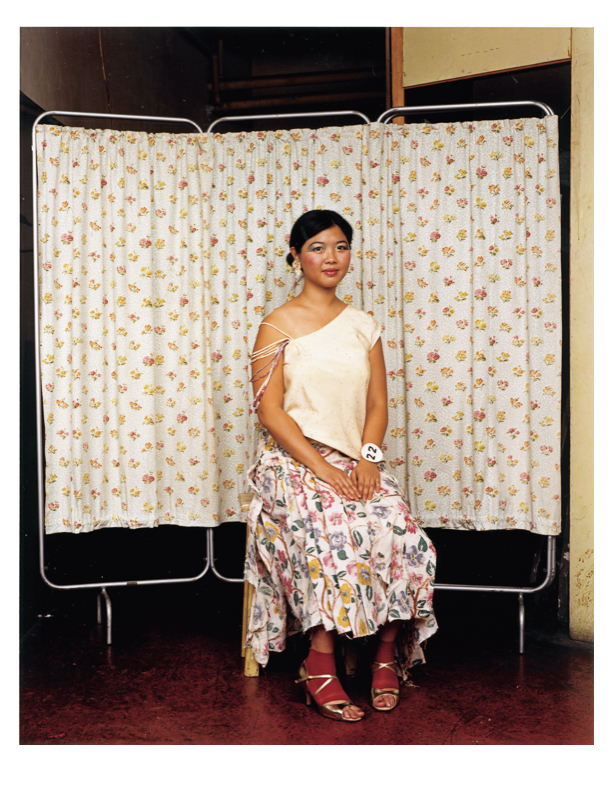
Her work caught our eye instantly and her first editorial appeared in i-D. Her fascination with salvaged and distressed fabrics saw her quickly become a pioneer of slow-fashion — decades later and the industry is slowly waking up to the opportunities her work has long highlighted. After closing ready-to-wear production in 2006, Ogden moved to Paris and began collaborating with A.P.C., firstly on a customisation project and then the launch of its Madras and Quilt lines. The evolving collaboration continues to this day with the French house involved in the donation of garments for the series of exhibition supporting workshops.
Still not only takes us on a journey through her 25 years in the industry, it reminds us of the craft behind it — not just in garment creation but in garment care too. Taking over a vacant shop in Church Street, Marylebone, the exhibition space doubles up as a working studio hosting workshops in free-hemming, hidden histories, customisation and repair.
“We will work as a group and so it will be interesting to see an exchange of ideas,” Ogden adds. As the exhibition opens up to the public, Ogden takes us on a tour through her past, present and future.
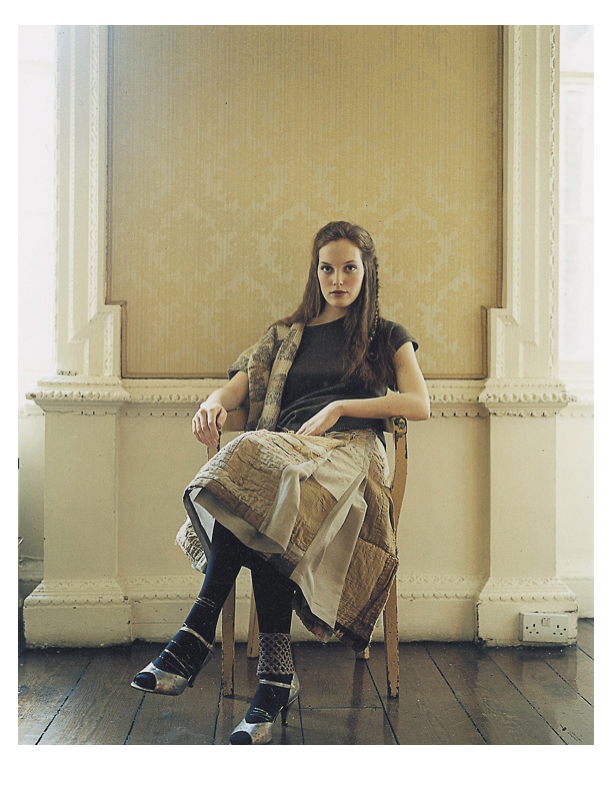
What was the catalyst for STILL? How long has it been formulating in your mind?
Carol Tulluch instigated the idea and it grew from there. We originally started talking about it five years ago! She had a strong belief in my work which was infectious and gave me the strength to revisit my archive again which had been packed away in boxes for some time.
The exhibition showcases past and current work. Could you talk us through the curation process?
With Carol it was a series of three conversations, all in different places which I have called home at one point or another — London, Paris and Jamaica. The conversations were very affirming and enabled me to make ideas that had been percolating years ago more concrete. With Judith we had one Skype conversation (me in Jamaica and Judith in London) and then I sent her a ton of images from my archive. She began preparing a sketch book for the exhibition which is beautiful in itself. And then lots of late night dreaming. But really we did not start working together until we were in the space of the exhibition, one week before opening. She has been a revelation! She has really helped realise the vision.
Working in the industry for two and half decades, what have been the biggest lessons learned?
I think the biggest lesson is to learn to know yourself. By that I mean that you need to have the sense of self to stick to ideas. And also not everything has to change each season or more. If you like something or have an idea it does not have to be immediately discarded for the sake of a fashion cycle.
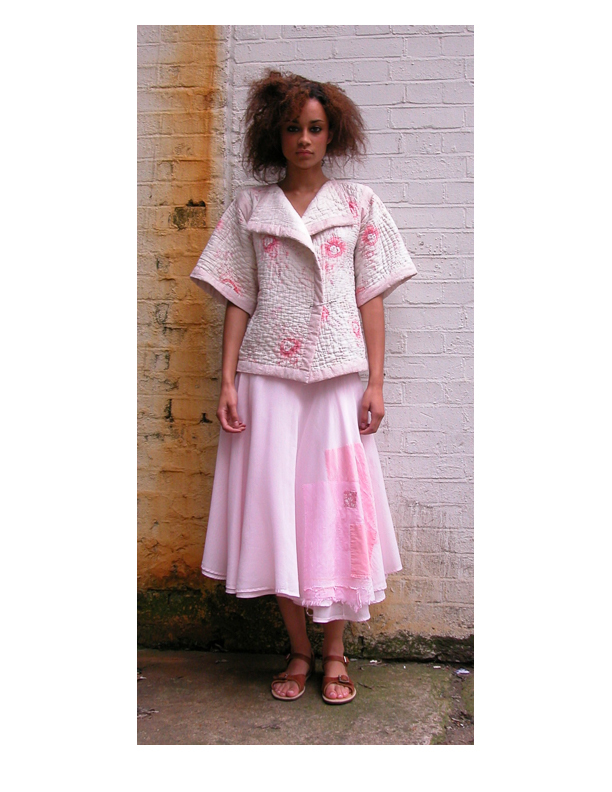
How would you say the industry has changed (both for the better and worse) since you’ve been working in it?
The good bits seem to have gotten better and the bad bits worse. There is more awareness of slow-fashion and an acceptance of it. But fast fashion seems to just get faster without an appreciation of the consequences of that.
Moving on from the exhibition itself, let’s talk about the workshops. How did the themes of free-hemming, hidden histories, customisation and repair to make do evolve?
They are all from studio practices. Free-hemming is what a group of friends used to do when popping into my studio in London, I would ask them to make their own free-form stitching, as you would do drawing. Hidden histories is very personal, the way I treasure garments that have personal history and why, how garments hold histories. Customise is from the time of working with A.P.C., on re-working approximately 50 garments per month for a year!
Could you talk a little about your relationship with A.P.C. and their support of the programme?
It started with a customisation program where they would send surplus garments and ask me to customise them. In that way it gave them a second life, they were sent back to A.P.C. stores for sale. We liked working together and Jean Touitou and I have collaborated ever since. First there was the launch of the Madras line and next the A.P.C. Quilt project. Here we take surplus A.P.C. fabrics and re-appropriate them into Quilts.
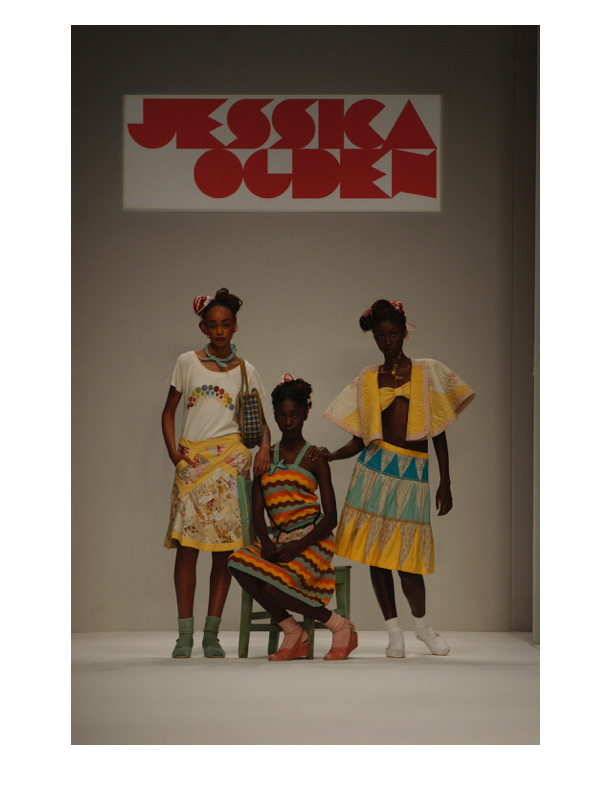
What can people expect when they attend a workshop? What do you hope they leave with?
It will be a very practical, hands on experience! We will sew! We will work as a group and so it will be interesting to see an exchange of ideas. We will be surrounded by the exhibition (my old work) and I really like to think that will have an influence. Complete novices or sewing experts are all welcome. You get to keep what you make as well…
If people take one thing away from STILL (for both the exhibition and the workshops), what would you like it to be and why?
Hopefully that my work, the garments, have stood the test of time.
What’s next? What excites you most about tomorrow?
Working in Jamaica with my parent’s gallery Harmony Hall, and a resort line?!
Finish this sentence: “I hope the future of fashion is…”
Sustainable.
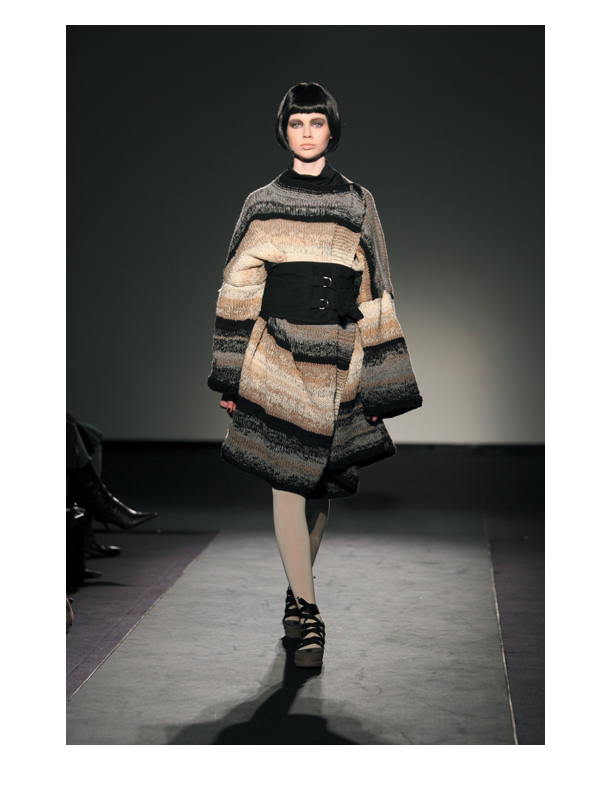
Jessica Ogden: Still runs from 26 May to 23 June, 31-33 Church Street, Marylebone London, NW8 8ES.
Credits
Text Steve Salter
